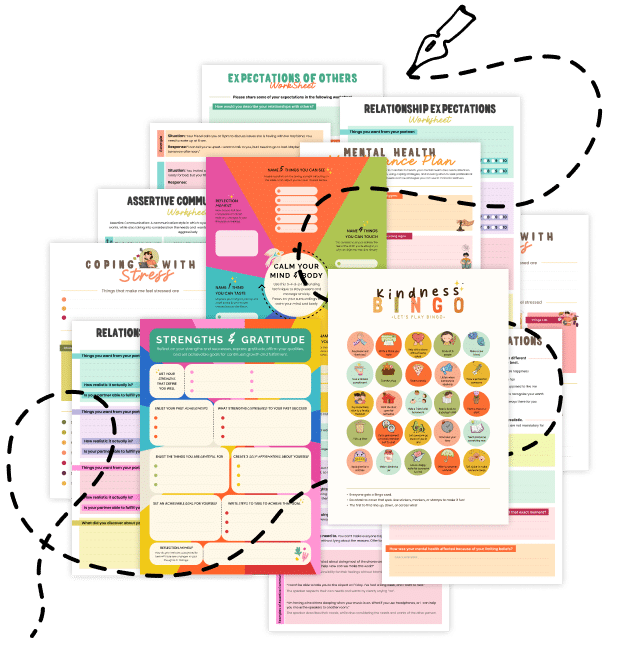20 Things You Should Know About Conditioned Reinforcers
Enhance your behavior modification strategies and motivation by exploring these 20 insights on Conditioned Reinforcers—what they are, why they matter, and how they shape habits and drive success. Discover how these secondary reinforcers, learned through association, can be leveraged in education, training, and personal growth.
1. What Are Conditioned Reinforcers?
Conditioned reinforcers—often called secondary reinforcers—are stimuli that acquire reinforcing properties through their association with primary reinforcers like food, comfort, or praise.
2. From Neutral to Powerful
Originally neutral, these cues become influential when paired repeatedly with something that naturally satisfies a need, making them powerful motivators over time.
3. The Role of Association
Through classical conditioning, a once-neutral stimulus becomes a influential by consistently accompanying a primary reinforcer during learning experiences.
4. Building Blocks of Behavior
These reinforcers are essential in shaping behavior, as they help establish and maintain new habits by signaling progress and success.
5. Integral to Operant Conditioning
They play a central role in operant conditioning frameworks, where behaviors are increased or decreased based on the reinforcers that follow them.
6. Enhancing Motivation
When used effectively, conditioned reinforcers can boost intrinsic motivation, driving individuals to achieve goals even in the absence of immediate rewards.
7. Common Examples
Everyday examples include praise, tokens, certificates, or even digital badges—each reinforcing desired behaviors through positive association.
8. Versatility Across Settings
Whether in classrooms, workplaces, or training environments, conditioned reinforcers are adaptable tools for encouraging progress and maintaining focus.
9. Shaping Long-Term Habits
By pairing specific cues with rewards, conditioned reinforcers can help in developing lasting habits that lead to personal and professional growth.
10. A Foundation for Gamification
They form the backbone of gamification strategies, where points, levels, or badges motivate continued engagement and performance improvement.
11. Personalizing Your Rewards
Effective use of conditioned reinforcers often involves tailoring rewards to individual preferences, making them more meaningful and impactful.
12. Consistency Is Key
For conditioned reinforcers to remain effective, consistent pairing with primary reinforcers is crucial; sporadic reinforcement can weaken their impact.
13. Dynamic Over Time
The value of a conditioned reinforcer can evolve; what motivates you today might change, requiring adaptation and occasional updates to your reward system.
14. Supporting Self-Regulation
These reinforcers not only guide behavior but also support self-regulation by providing clear indicators of progress toward goals.
15. Bridging Extrinsic and Intrinsic Motivation
Conditioned reinforcers can serve as a bridge between extrinsic rewards and intrinsic satisfaction, ultimately fostering deeper engagement in tasks.
16. Complementing Primary Reinforcers
While primary reinforcers satisfy basic needs, conditioned reinforcers add an extra layer of motivation by signaling achievement and progress.
17. Effective in Both Humans and Animals
Widely used in animal training as well as human behavior modification, conditioned reinforcers prove their versatility across species.
18. Tools for Behavior Modification
From classroom management to corporate training, conditioned reinforcers are effective tools in behavior modification programs.
19. Integration with Modern Techniques
They can be seamlessly integrated with digital tools and gamified platforms, making reinforcement strategies more engaging and measurable.
20. Related Topics to Explore
- Reward-Prediction Errors – Understand how the brain anticipates rewards and adjusts behavior accordingly.
- Intrinsic Motivation Cultivation – Learn strategies to nurture internal drives alongside external reinforcements.
- Neurotransmitter Balance – Explore how brain chemicals influence the effectiveness of reinforcers.
- Self-Efficacy Calibration – Discover how conditioned reinforcement can help adjust your confidence in achieving goals.
- Dopamine Fasting – Delve into practices that reset your brain’s reward system for enhanced focus and motivation.
Quick Tips to Boost Your Use of Conditioned Reinforcers
- Pair Consistently: Ensure that every time you experience a positive outcome, it’s paired with a specific cue to build a strong association.
- Tailor Rewards: Customize reinforcers to match individual preferences for greater motivational impact.
- Monitor Progress: Regularly review how effective your reinforcement system is and make adjustments as needed.
- Combine with Intrinsic Goals: Use conditioned reinforcers as stepping stones to build deeper, intrinsic motivation over time.
- Integrate Technology: Leverage apps or digital platforms to gamify tasks, reinforcing progress with visual or auditory cues.
Embrace these insights and tips to harness the power of conditioned reinforcers, transforming everyday cues into catalysts for sustained achievement and positive behavioral change!


